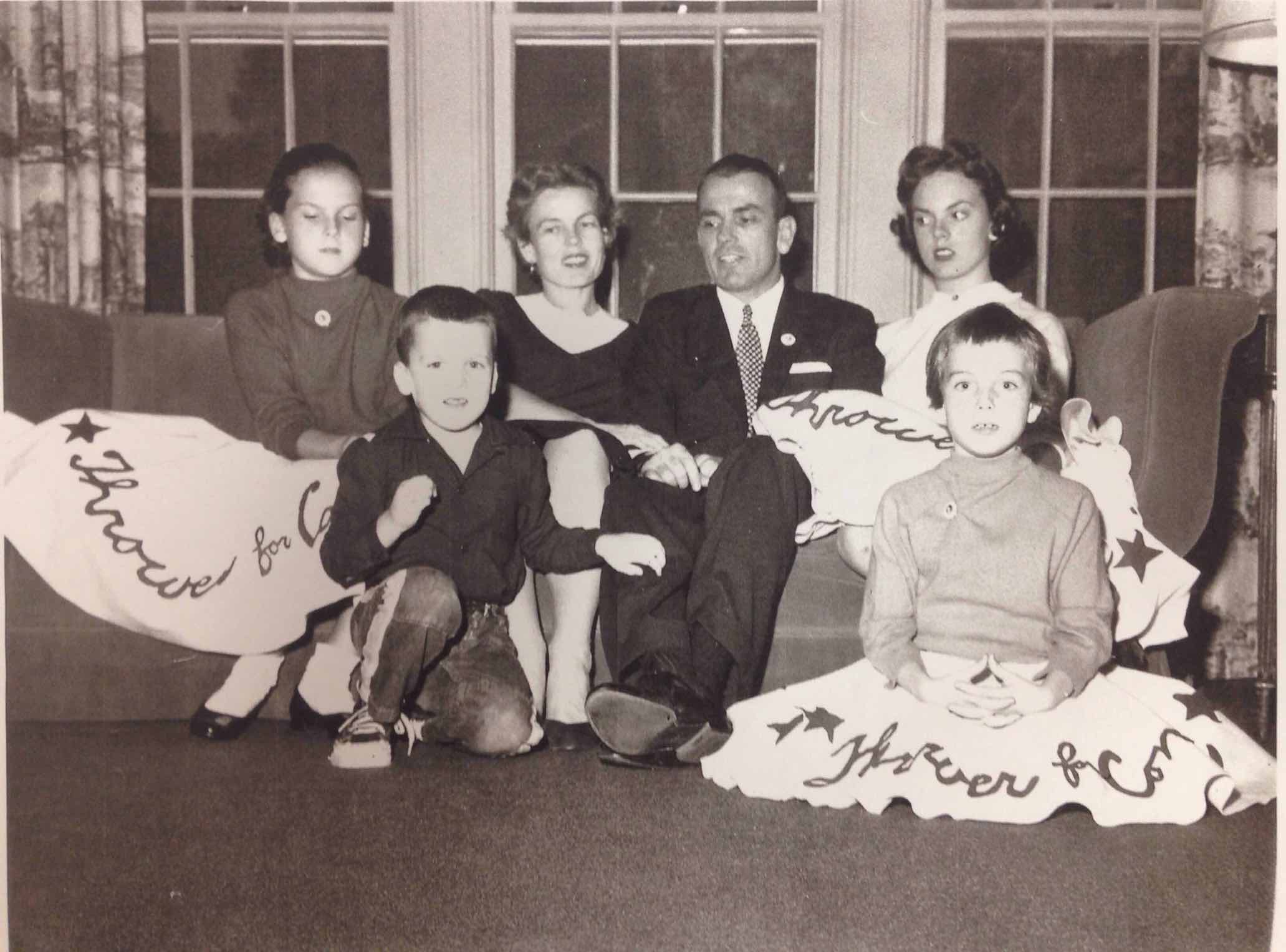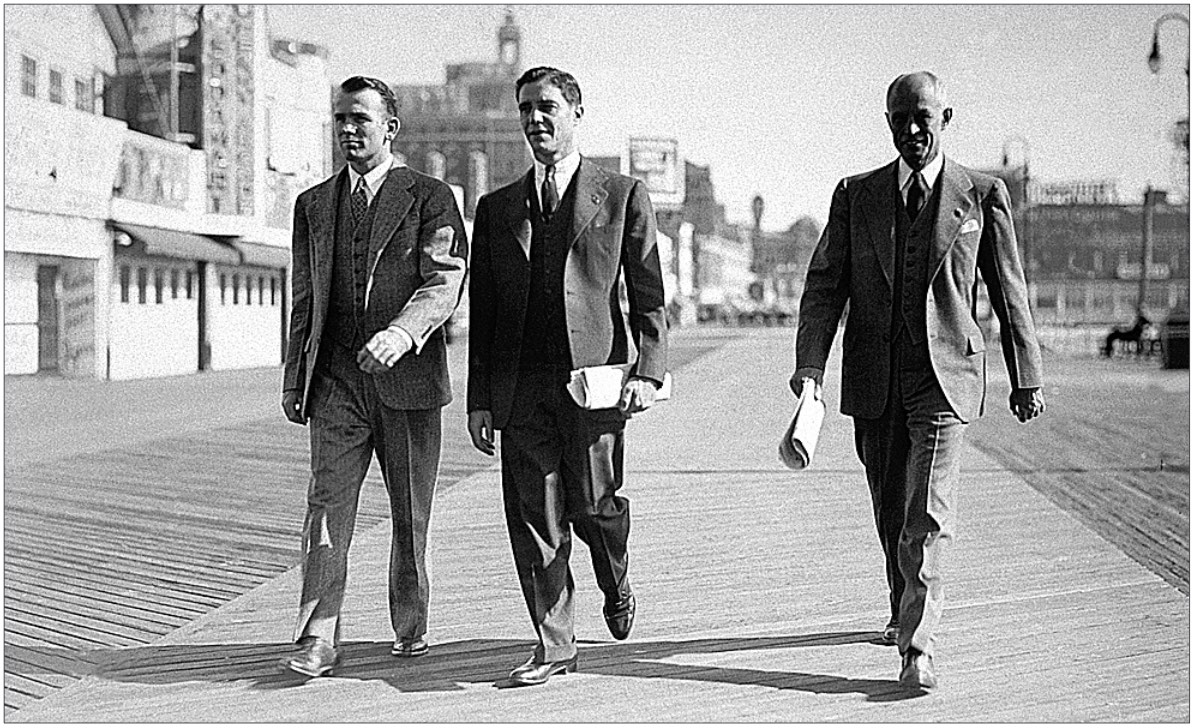Challenging the County Unit System

By the late 1940s and early 1950s, opponents to the county unit system began to organize. Since it was clear to most reformers that Democratic leaders would not welcome a change, they strategized accordingly. First, they began to file a number of lawsuits against the county unit system. Baxter Jones, Jr., who had lost to James C. Davis in the 1952 Democratic primary, filed one of the lawsuits. At first, this road proved extremely frustrating. The Supreme Court refused to hear these cases, arguing that the question at stake was one of apportionment, and these “political issues” had to be resolved at the state level.
Secondly, reformers created various organization whose mission was to inform the public of the profound inequities at the heart of the county unit system. These groups began to organize in response to Talmadge’s attempt of extending the county unit system to the general elections. The League of Women Voters were among the most important forces in this anti county unit movement.

The newly reorganized Georgia Republican party also played a critical role. Elbert Tuttle, the chairman of the party and a founding partner of the law firm at which Randolph Thrower worked, was one of the leaders of the movement opposing the county unit amendment in 1950 and 1952. Emboldened by their victory against the county unit amendments, reformers then began to call for the complete abolition of the system. The 1956 congressional campaign of Randolph Thrower was one of the boldest effort in this direction.
 |
 |